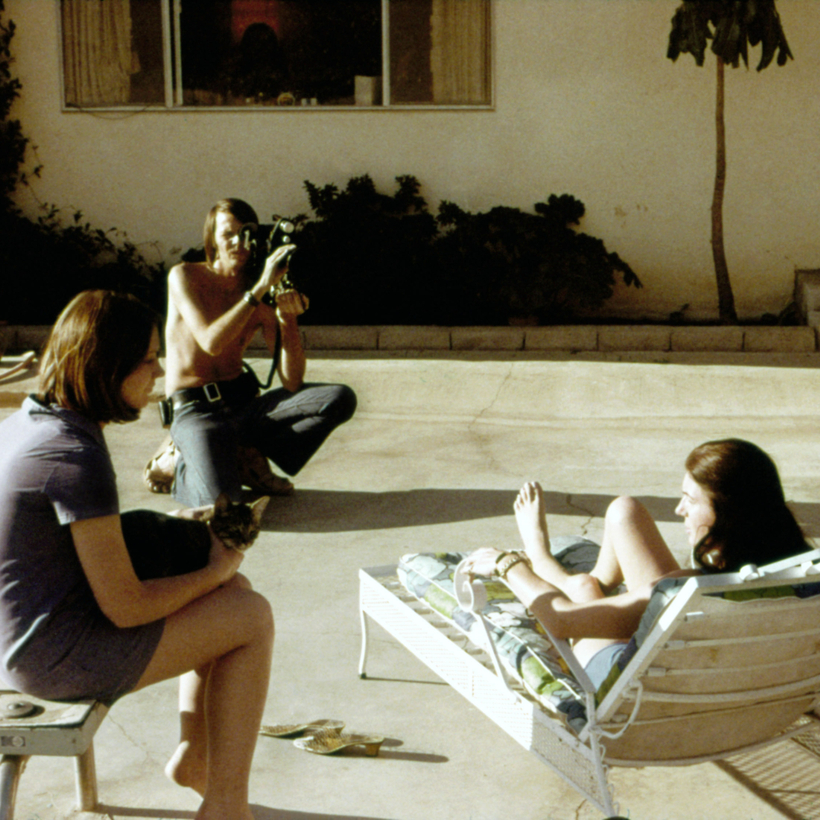Sometimes it’s the author, not the subject. Show me a history of reality TV and, honestly, sorry, I don’t much care. But show me a history of reality TV written by Emily Nussbaum, the New Yorker staff writer and former TV critic (winner of a Pulitzer Prize in 2016 for pieces on Joan Rivers and Mad Men, among other worthy topics), and I am now very interested.
Cue the Sun!: The Invention of Reality TV does not disappoint. This is a smart, thorough, often skeptical history of the genre. It is also witty and extremely entertaining. What it is not is fan service for Bachelor Nation or the kinds of viewers who can tell you off the top of their heads how many Real Housewives have been arrested. (The number seems to be in the dozens.)
I really ought to care about reality TV, even without Nussbaum. Increasingly, it is TV, at least old-fashioned network TV. According to an analysis by the Web site TVLine of the coming fall prime-time schedule (There are still fall prime-time schedules?!), CBS will be the only network to fill more than 50 percent of its airtime with scripted shows, even though it is home to the mighty Survivor, which just finished its 46th season as the most watched entertainment show among adults aged 18 to 49.
Meanwhile, ABC, boasting multiple weekly hours of The Golden Bachelorette and Shark Tank, will see its scripted content fall to a puny 21 percent. That’s slimmed down from 41 percent just two years ago. In other words, reality TV is to traditional television writers what Ozempic is to fat. (Note: the unscripted percentages include sports as well as America’s Funniest Home Videos, which somehow remains a thing despite TikTok.)
The modern reality era arguably began when the first season of Survivor became a low-risk, high-profit, out-of-left-field smash hit in the summer of 2000. Suddenly, every network and cable channel was carbonating its schedule (and slashing its production budget) with endurance competitions, talent shows, dating spectacles. “For five decades,” Nussbaum writes, “reality had amounted to a series of tremors—some minor, some unmissable—cracking the foundations of Hollywood. Now the volcano erupted.”
Reality TV is to traditional television writers what Ozempic is to fat.
Nussbaum tracks those tremors back to TV’s cathode-ray days and, even further, to radio. Quiz shows have a long history, of course. Candid Camera—originally Candid Microphone—introduced the prank show and demonstrated that normal people can be compelling when knocked off-kilter. Queen for a Day was a 1950s competition in which housewives’ sob stories about bills, illnesses, and wayward husbands were played off one another in front of an audience, the winner determined by “applause-o-meter.” Nussbaum: “Each episode’s queen got a deluge of free goods; losers got lesser gifts, like nylons or a toaster. But for the all-female audience, the true payoff was the show’s emotional undertow, a pungent blend of contempt, tenderness, and pity.” And voyeurism!
She includes a delightful chapter on Chuck Barris, the buccaneering producer of the 1960s milestones The Dating Game and The Newlywed Game. Barris introduced smarm to the reality format—and exhibitionism—with The Gong Show in the 1970s. I was thrilled to learn that what I, Nussbaum, and even Newlywed Game host Bob Eubanks had long assumed was an urban legend actually happened: When asked to name the weirdest places contestant couples had ever contemplated “making whoopee,” one wife “paused, briefly, looking uncertain how to respond. Then she blurted out, with a nervous grin, ‘ … In the ass?’”
Nussbaum devotes a sad and fascinating chapter to An American Family, the 12-part cinéma vérité portrait of an upper-class Santa Barbara couple, Bill and Pat Loud, and their five children, which ran on PBS in 1973. The show’s long-play intimacy shocked viewers, especially the episode in which Pat asked Bill for a divorce in front of the cameras. Big deal, Real Housewives and Kardashians fans might say, but 50 years ago, that was something.
Don’t worry. Nussbaum eventually gets to Survivor, as well as The Real World, Cops, Alien Autopsy: Fact or Fiction?, Big Brother, The Bachelor (and Bachelorette), Queer Eye for the Straight Guy, and, ugh, The Apprentice. There are enough big personalities and backstage reporting to make Cue the Sun! the reality-TV equivalent to sweeping, gossipy, astute Hollywood histories such as Peter Biskind’s Easy Riders, Raging Bulls.
For instance: “Booze was the crucial ingredient in the first season of The Bachelor, the same way it was on other dating shows. Trays of cocktails circulated constantly; the refrigerators were full of refills. Although no one was forced to drink, there was nothing else for them to do: no books, no magazines, no TV.” Nussbaum cites one contestant from the show’s first season who recalls a producer “carrying a tray of margaritas to the pool, then announcing, ‘I didn’t buy this house with a hot tub for you girls to sit around in your sweats.’”
Another time-honored technique for drama creation on The Bachelor and other shows: simply browbeating contestants into on-camera breakdowns. Nussbaum quotes a casting agent: “Unstable and pretty? That’s gold.”
If that sounds exploitative, it is—duh—but viewers have long since decided the entertainment value is worth the taint. As Nussbaum concludes: “You can’t always tell that something’s changed—or that it’s changed you—until it’s over. Critics had written off reality programming as a fad.... They were sure the genre was toast after Who Wants to Marry a Multi-Millionaire?, and double-sure after 9/11. But in the end, all of our faces got stuck that way.”
Bruce Handy is a journalist and the author of children’s picture books, including There Was a Shadow, illustrated by Lisk Feng. Hollywood High, his history of teen movies, will be published next year


